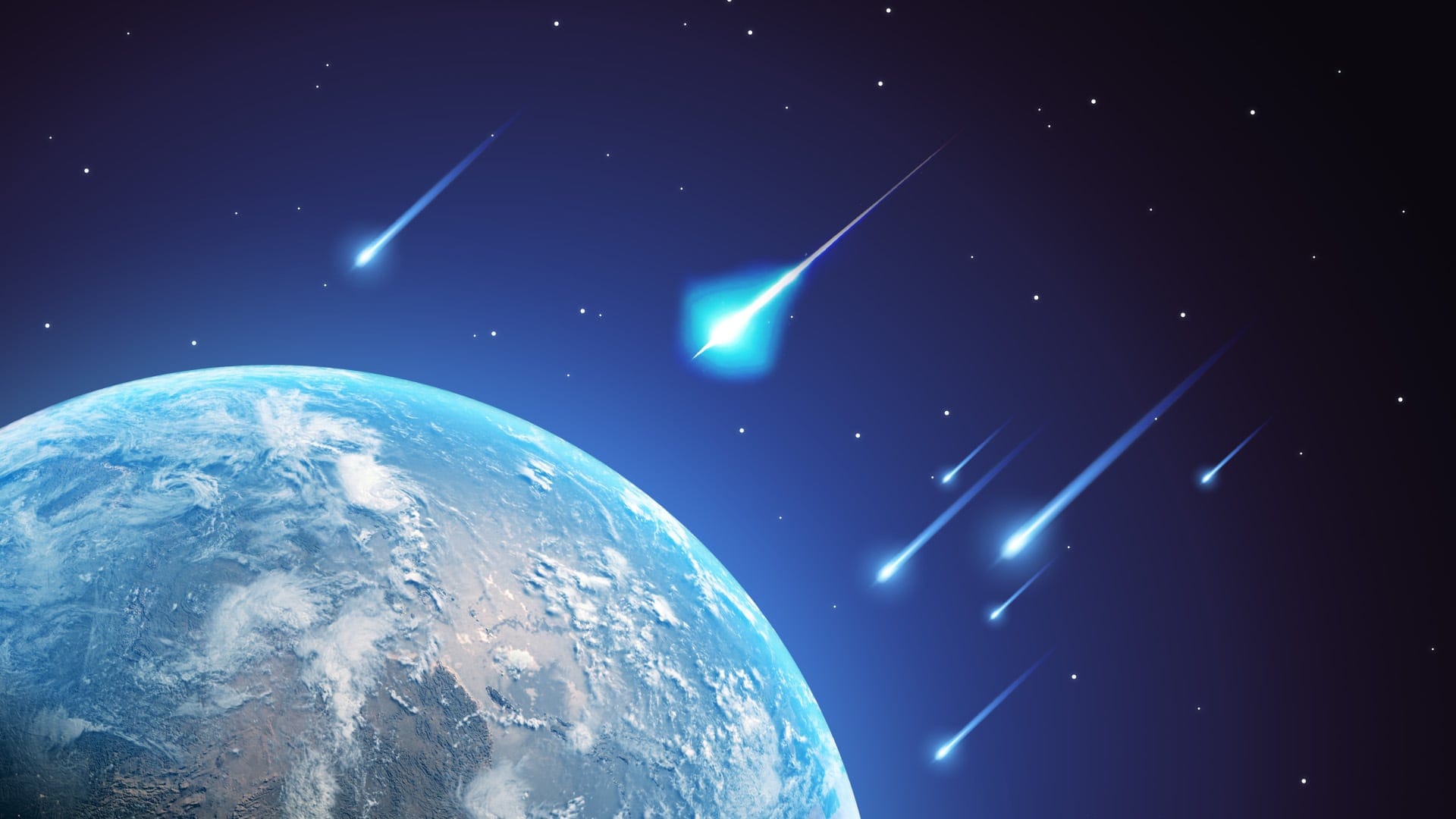November Orionids: Are They Worth Watching in 2026?
The November Orionids will reach their peak on November 28. Use Sky Tonight to find out when meteors will be most visible. Read on to discover all the details about this astronomical event.
Contents
- November Orionids 2026: When and where to see
- What are the November Orionids?
- Meteor watching: what you need to know
- November Orionids 2026: Bottom line
November Orionids 2026: When and where to see
- Active: November 14 – December 6
- Peak of activity: November 28
- Meteors per hour: 3
- Moon illumination: 83%
- Radiant location: Orion
- Parent body: Unknown; possibly comet C/1917 F1 (Mellish)
- Visible from: Both hemispheres
- Description: The November Orionids are a weak late-autumn meteor shower, typically producing only a few meteors per hour. Their radiant lies in Orion, and they’re thought to come from debris of a Halley-type that may have largely disintegrated.
November Orionids 2026: Visibility forecast
In 2026, the November Orionids will reach their maximum on November 28, just four days after the Full Moon. A bright waning Moon will keep the sky illuminated for much of the night, so only the occasional brighter meteors are likely to be visible. Combined with the shower’s low rate of about 3 meteors per hour, observing the November Orionids in 2026 will be quite challenging. If you still want to give them a try, aim for the late-night to early-morning hours, when the radiant in Orion is higher above the horizon, and the Moon is lower in the sky.
What are the November Orionids?
The November Orionids are a minor meteor shower active each year from mid-November to early December. The radiant point of this meteor shower lies in the constellation Orion, about 8° north of the red supergiant star Betelgeuse. As Orion is positioned along the celestial equator, the November Orionids can be observed from both hemispheres. Entering the atmosphere at roughly 44 km/s, these meteors are of average speed and rarely produce bright fireballs.
As for the origin of this meteor shower, there are differing opinions. Some researchers believe the parent body has disintegrated and can no longer be identified, while others suggest the November Orionids come from the large comet C/1917 F1 (Mellish). Dust and debris from this comet, known as meteoroids, are what produce the November Orionid meteors we see each year.
Meteor watching: what you need to know
To observe a meteor shower properly, you need to know:
- Its activity period and peak night, or the night when you can see the maximum number of meteors.
- Location of its radiant, or a point in the sky from which meteors seem to come from. The meteors are only visible when the radiant is above the horizon. Note that you don’t have to look exactly at the radiant to see meteors: they can be spotted everywhere above you.
- ZHR, which stands for zenithal hourly rate. Simply put, this number estimates how many meteors per hour could be seen under ideal observing conditions.
- Moon phase: strong moonlight can wash out meteors, so it’s best to plan your observations around the New Moon or after the moonset.
Here, we provide the information along these points for the November Orionids, but you can instantly get detailed reports on every meteor shower via the Sky Tonight app. It features a comprehensive list of meteor showers, including their activity periods and peak dates, along with a lunar calendar and an interactive sky map, which can help you find the radiant in the sky from your location.
For more tips on how to observe and photograph meteor showers, see our infographic.

November Orionids 2026: Bottom line
Observing conditions for the November Orionids will be challenging this year: the maximum occurs just four days after the Full Moon, so a bright waning Moon will wash out most faint meteors. Still, the radiant in Orion is well positioned for observers in both hemispheres, especially after midnight when it climbs higher in the sky. Keep expectations low, choose the darkest site you can, and treat any November Orionid you spot as a pleasant surprise rather than a guarantee.
Use a stargazing app like Sky Tonight or Star Walk 2 to locate the meteor shower’s radiant in the sky above you and prepare for observations. And if you want to see even more meteors – check our article on meteor showers in November.
